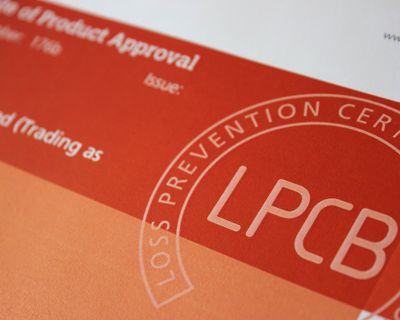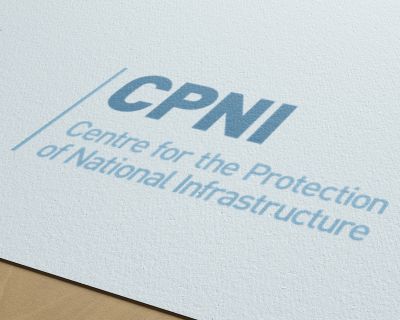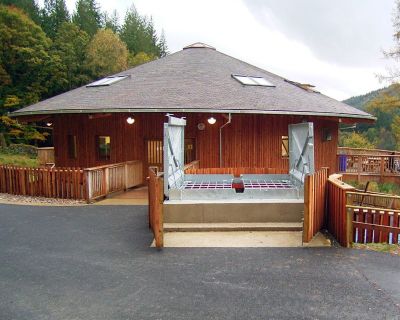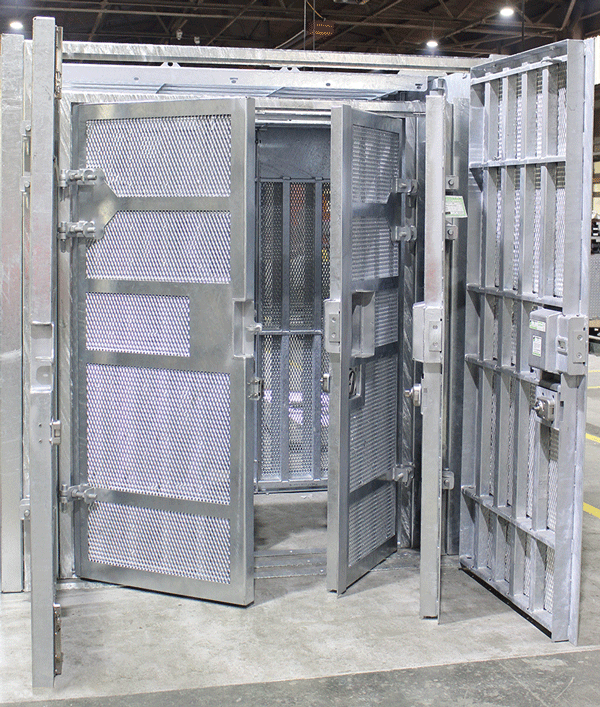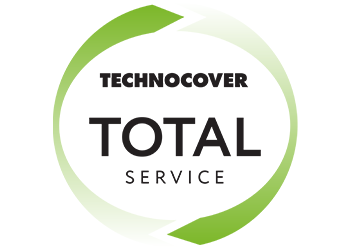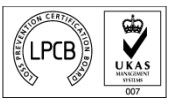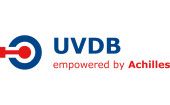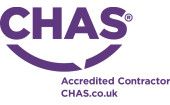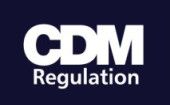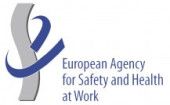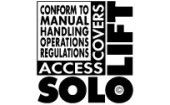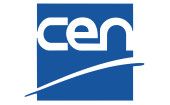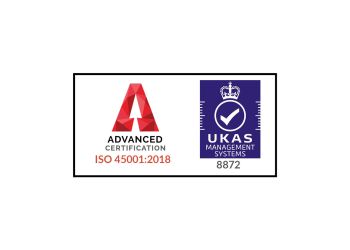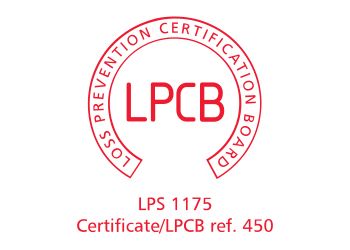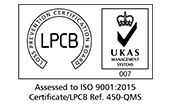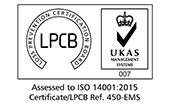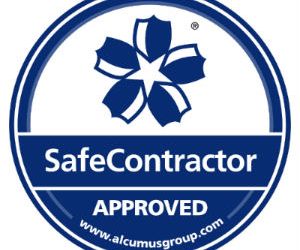Testing Times for Laboratory Security
Terry Batten, Marketing Manager at Technocover puts the secure containment of hazardous materials under the microscope
Laboratories and production sites across many sectors, from universities and hospitals to energy and agrochemicals, routinely handle and store chemical, biological and radioactive (CBR) materials of vital importance to scientific discovery and innovation. But these substances can pose catastrophic risks to the public and national security should they get into the wrong hands.
The rise in global terrorism has seen a tightening in legislation and guidelines for the secure storage of hazardous substances including toxins, radioactive materials and precursor chemicals. Sites which manage certain specially listed (Schedule 5) pathogens or toxins must notify the Home Office and their security arrangements are subject to approval by NaCTSO (National Counter Terrorism Security Office).
Multi-layered
Depending on the assessed risks specific to a site, secure storage will rely on a multi-layered system of security technology and management protocols. This may include perimeter security, CCTV, biometrics, alarms and an adopted system of access control, allowing different levels of site movement for authorised personnel.
Often acting as the last line of defence against the infiltrator will be an engineered physical structure such as a high security door, proprietary security kiosk or similar stronghold.
How can we be sure these final defences will meet site-specific risks for the secure containment of Schedule 5 and other hazardous materials, while sustaining safe and efficient day-to day operations?
Would measures in place pass an inspection from a CTSA (Counter Terrorism Security Adviser) or compliance assessor if they turned up tomorrow?
Simulated attack tests
The most reliable route to compliance is by using high security equipment whose performance has been certified and graded according to its tested resistance under simulated attack.
This has seen the growing adoption of the LPCB (Loss Prevention Certification Board) approval system for critical assets and infrastructure, accepted by the UK government as an appropriate certification regime alongside CPNI badged systems.
LPCB certifies security products to the rigorous criteria of LPS 1175, a performance test standard for intruder resistant systems originally developed and still recommended by the UK insurance industry. Products are awarded a security rating – from SR1 to SR5 (anti-terror) – according to a hierarchy of risk scenarios involving different attack tools and duration, updated in response to Home Office guidance.
Significantly, LPCB approval is not based on a one-off type test; it involves regular audits to ensure ongoing production units comply with the prevailing test standard and any revisions.
Secure containment
As a specialist in the turnkey delivery of LPCB certified security solutions for critical national infrastructure and other high risk, high value assets, Technocover has developed a proven approach to secure containment for scientific, manufacturing and high-tech environments.
Many applications can be met by standard products from the company's LPCB approved, fabricated steel UltraSecure range, for example, through the installation of a high security solid-walled or mesh cage enclosures, window bar sets and louvres approved to SR4. However, effective containment, especially when retrofitted, often needs a carefully tailored solution to dovetail with challenging spaces and very different storage scenarios, as well as integrating with an established suite of access control and security management.
Early involvement
Early involvement with the client and its asset management team is crucial in delivering these bespoke installations to make sure they are 'right first time' and perform as expected. Technocover achieves this through 'Total Service'. This approach screens every aspect of the proposed solution – its design, location, installation and operation – to identify and resolve potential snags while maximising opportunities for efficiency gains and cost savings.
Aiming for the lowest cost solution, it addresses every possible aspect of the product life cycle to ensure the best return on investment, from maximising the build ability and operational advantages of the design, to ensuring a high quality system finish for long, low maintenance service.
More and more clients are relying on the engineering know-how of LPCB specialists like Technocover, which has over 26 years' experience in designing solutions that fully exploit, but do not exceed, the envelope of their security certification.
Secure storage in the university lab
University laboratories are among the types of setting that may require bespoke, certificated LPCB solutions for the protection of hazardous as well as controlled materials, including drugs and medicines.
A recent project undertaken by Technocover involved the design of a special protective cage and access system to secure a refrigerator and incubator within a university unit. Meeting the need for external visibility of the protected assets, Technocover designed and installed a five-sided cage system, tested and approved to LPCB SR4 (LPS 1175 Issue 7; certificate number 450i).
The company has just achieved an updated LPCB 450i certificate for a 'Hybrid Case System' with the options of solid panel construction, a removable roof or roof access hatch for even greater flexibility to meet operational needs.
Live testing at International Security Expo.
Technocover engineering was seen in action at the recent International Security Expo when two of its UltraSecure Sentinel systems were subjected to a simulated attack within LPCB's Live Lab test zone.
The company also featured on a stand alongside other leading brands within the HS Security portfolio of physical security for industry and the urban environment (part of Hill and Smith Holdings PLC).
For further information please contact our Business Development Department.


